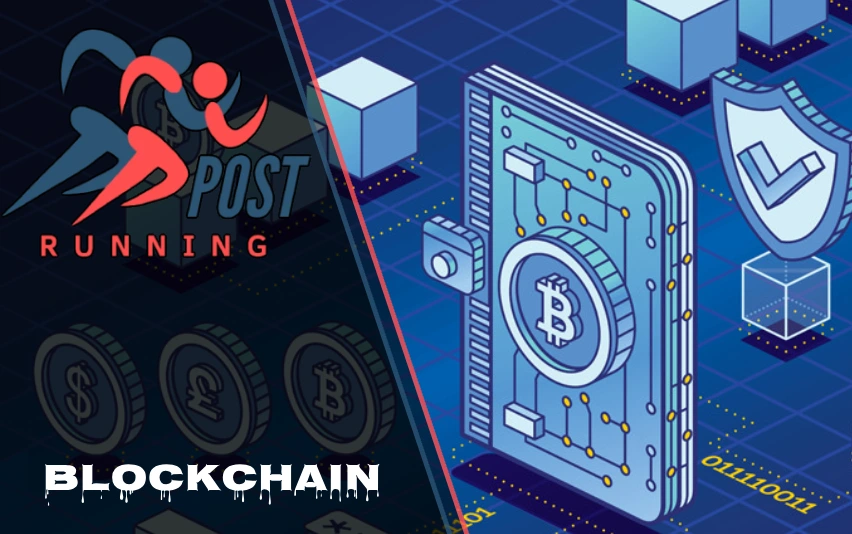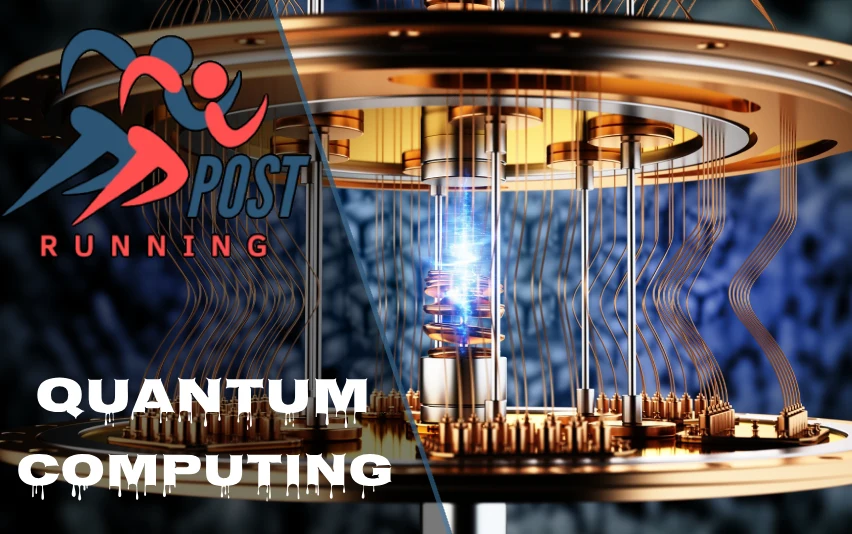Blockchain technology has been making waves in the digital world, but what exactly is it? At its core, blockchain is a decentralized digital ledger that securely records, stores, and verifies data across a network of computers. It’s like a digital notebook that everyone can see and trust, but no one can tamper with. This revolutionary technology is changing the way we think about data storage, transactions, and trust in the digital age.
What is Blockchain?
Imagine a giant, digital spreadsheet that’s copied thousands of times across a network of computers. Now, picture this spreadsheet regularly updating itself without a central authority overseeing it. That’s the basic idea behind blockchain. It’s a system that allows digital information to be distributed but not copied or altered without consensus from the entire network.
The term “blockchain” comes from its structure: a chain of blocks. Each block contains a set of data, typically transactions, and is linked to the previous block using a cryptographic hash. This creates an unbroken chain of information that’s extremely difficult to manipulate or hack.
What makes blockchain special is its decentralized nature. Unlike traditional databases managed by a single entity, blockchain spreads its data across many computers (called nodes) in a network. This decentralization is the key to blockchain’s security and transparency.
Key Features of Blockchain
Blockchain technology isn’t just a fancy way to store data. It comes with several key features that set it apart from traditional systems:
- Decentralization: There’s no single point of control or failure. The network operates on a peer-to-peer basis, with data distributed across multiple nodes.
- Immutability: Once data is recorded in a blockchain, it’s extremely difficult to change or delete. Any alteration would require consensus from the majority of the network, making the system highly resistant to tampering.
- Transparency: All participants in the network can see the same information. This transparency builds trust and allows for easy auditing.
- Security: Blockchain uses advanced cryptographic techniques to ensure data integrity. Each transaction is encrypted and linked to the previous one, creating a secure chain of information.
These features combine to create a system that’s not only secure and transparent but also highly efficient and trustworthy.
How Blockchain Works
Understanding how blockchain works can seem daunting, but it’s actually a straightforward process. Let’s break it down step by step:
- Transaction initiation: Someone requests a transaction. This could be a financial transaction, a record of a contract, or any other type of data.
- Block creation: The requested transaction is combined with other pending transactions to create a new block of data.
- Block distribution: This new block is sent to every node (computer) in the network.
- Validation: The nodes in the network check the block to make sure it’s valid. They do this by solving complex mathematical problems.
- Chain addition: Once validated, the block is added to the existing blockchain. This addition is permanent and unalterable.
- Update distribution: The updated blockchain is then distributed across the network, ensuring all nodes have the most current version.
This process happens automatically and quickly, allowing for near real-time updates across the entire network.
Structure of Blockchain
The structure of a blockchain is what gives it its name. It’s made up of three main components:
- Blocks: These are the individual units that make up the chain. Each block contains a set of data, typically transactions. Think of them as pages in a ledger.
- Chain: The blocks are linked together in chronological order using cryptographic hashes. Each block contains the hash of the previous block, creating an unbroken chain.
- Consensus Mechanisms: These are the rules that ensure all nodes in the network agree on the state of the blockchain. Common mechanisms include Proof of Work (used by Bitcoin) and Proof of Stake (used by Ethereum 2.0).
This structure ensures that once data is recorded in a block and added to the chain, it becomes very difficult to alter or remove.
Applications of Blockchain
While blockchain is often associated with cryptocurrencies like Bitcoin, its potential applications go far beyond digital money. Here are some areas where blockchain is making an impact:
- Cryptocurrencies: Bitcoin and Ethereum are the most well-known examples, but there are thousands of cryptocurrencies built on blockchain technology.
- Smart contracts: These are self-executing contracts with the terms directly written into code. They automatically enforce and execute agreement terms.
- Supply chain management: Blockchain can track products from manufacture to sale, increasing transparency and reducing fraud.
- Healthcare data management: Patient records can be securely stored and shared, improving healthcare delivery and research.
- Financial services: From cross-border payments to identity verification, blockchain is streamlining many financial processes.
- Voting systems: Blockchain could potentially make voting more secure and transparent, reducing the risk of fraud.
- Real estate: Property transactions and land registries can be recorded on blockchain, simplifying the process and reducing disputes.
These are just a few examples. As the technology matures, we’re likely to see blockchain applied in many more innovative ways.
Advantages of Blockchain Technology
Blockchain’s unique features offer several advantages over traditional systems:
- Enhanced security and trust: The decentralized and encrypted nature of blockchain makes it extremely difficult to hack or manipulate.
- Increased transparency and traceability: All transactions are visible to all participants, creating a clear audit trail.
- Reduced costs: By eliminating intermediaries and streamlining processes, blockchain can significantly reduce operational costs.
- Improved efficiency: Transactions can be processed faster and with fewer errors, as there’s no need for manual verification.
- Decentralization: No single entity controls the data, reducing the risk of corruption or manipulation.
- Data integrity: Once recorded, data cannot be easily altered, ensuring its accuracy and reliability.
These advantages make blockchain an attractive solution for many industries looking to improve their operations and build trust with customers.
Challenges and Limitations
While blockchain offers many benefits, it’s not without its challenges:
- Scalability issues: As blockchain networks grow, they can become slower and more resource-intensive.
- Energy consumption: Some blockchain systems, particularly those using Proof of Work, require significant energy to operate.
- Regulatory concerns: The decentralized nature of blockchain poses challenges for regulators and lawmakers.
- Adoption and integration: Implementing blockchain often requires significant changes to existing systems and processes.
- Complexity: The technology can be difficult for non-technical users to understand and use.
- Interoperability: Different blockchain systems may not be compatible with each other, limiting their usefulness.
- Privacy concerns: While blockchain is secure, the transparency of some systems may not be suitable for all types of data.
Addressing these challenges is crucial for the widespread adoption and success of blockchain technology.
Conclusion
Blockchain technology represents a significant shift in how we store, verify, and transfer data. Its decentralized nature and inherent security features make it a promising solution for various industries beyond cryptocurrencies. From enhancing supply chain transparency to revolutionizing financial services, blockchain has the potential to transform many aspects of our digital world.
However, like any emerging technology, blockchain faces challenges. Scalability issues, energy consumption concerns, and regulatory hurdles need to be addressed for blockchain to reach its full potential. Despite these challenges, the core principles of blockchain – decentralization, transparency, and security – offer a compelling vision for the future of digital transactions and data management.
As we continue to explore and develop blockchain technology, we’re likely to see innovative applications that we can’t even imagine today. Whether you’re a business leader, a tech enthusiast, or simply curious about the future of digital technology, understanding blockchain is becoming increasingly important in our interconnected world.
Discover more fascinating insights—explore Running Posts today.















